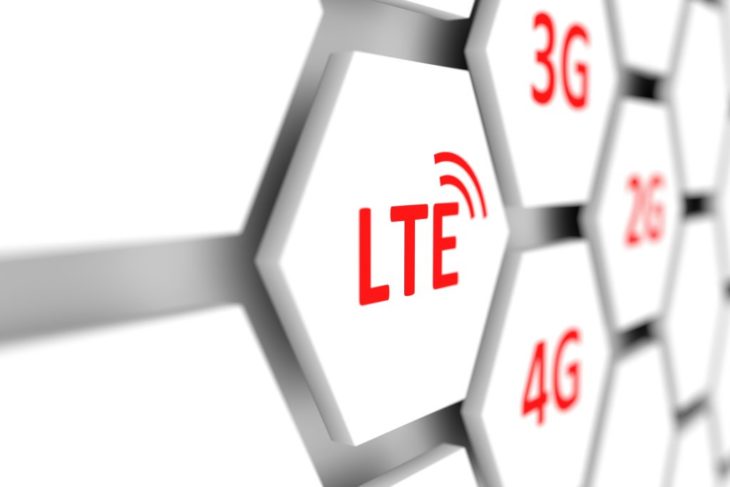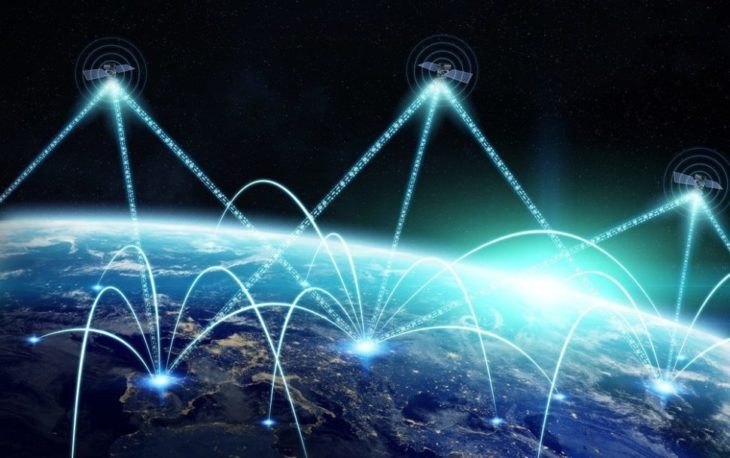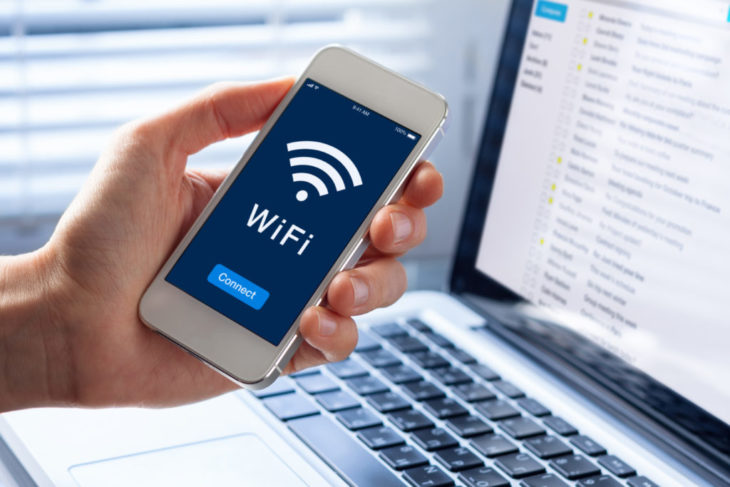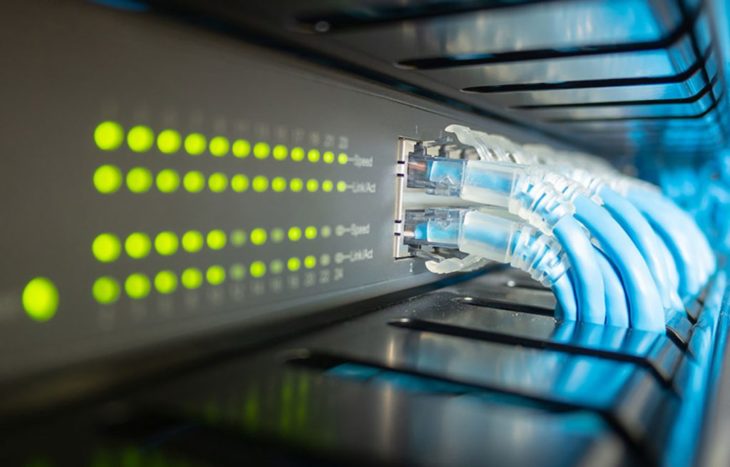Rural America is wonderful. Clean and fresh air, birds singing, the serenity…However, rural America has one big problem – high-speed internet access. This is by no means a problem for those who have no use of high-speed internet access, however, the internet has become an integral part of so many people’s lives that they simply need access to DSL or cable connections.
The question of solving rural American’s internet problems have been discussed a lot in America. From the program known as Connect America to various other projects, things have not been going well with solving the issue.
In this article, we are going to discuss the internet options that rural Americans have, what they are, what are the benefits and downsides, and more.
1. Mobile Broadband
One of the most common ways rural areas can achieve high-speed connection is by using a broadband card. To obtain this card, you need to have access to cellular telephone service and use eighter a MiFi or USD device. MiFi is a device that is about the size of an ordinary credit card. A MiFi device allows you to set up a mobile hotspot through your mobile carrier. The USB device, on the other hand, can be plugged into your PC and allow high-speed internet access through your mobile 3G or 4G. Downsides usually include a monthly fee paid on top of your monthly phone bill, and access to cell phone signals, which is hard in rural areas.

Source: Twitock
2. Satellite Internet
Since DSL and cable internet isn’t always available in rural areas, one of the ways rural Americans can achieve high-speed internet access is through satellite internet. Satellite internet can be provided regardless of where you are, as long as you have a clear view of the southern sky. Satellite internet requires a satellite dish to be installed and mounted on your house, which intercepts the internet from the southern sky. According to www.a007.com, satellite internet is the best option for remote locations to achieve a high-speed internet connection.
Extra fees with installing satellite internet include a fixed monthly fee and paying for the satellite dish. In return, you get high-speed internet access that allows you to stream videos, access high bandwidth apps, games, and other technologies.

Source: edgy
3. Tethering Hotspot
If you’re fortunate enough to have 3G or 4G, then you can achieve high-speed internet through tethering hotspot. This involves using your smartphone as a portable hotspot from which your PC can connect to the internet. However, to connect your smartphone with your PC, both devices need to have Bluetooth capabilities. Most of the cellphone carriers have various hotspot plans. A downside to this is that you will be using your own 3G or 4G data.

Source: wZielonej
4. BPL
The last internet option we’ll be discussing in BPL. BPL stands for Broadband over Power Lines and it utilized conventional power lines to acquire high-speed internet connection through AC outlets. BPL is rarely used, as it is considered to be an emergency tech. It works by plugging an adapter to an AC outlet in any room of your home. The adapter allows you access to high-speed internet access and it can usually cover your entire home.

Source: ER Information Systems
